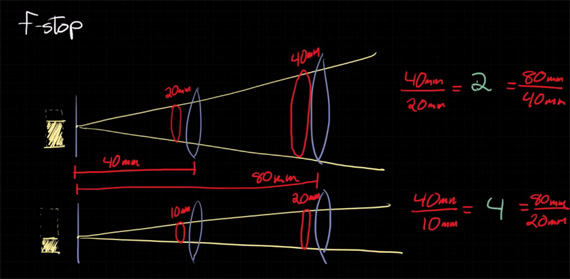
Then "Crop Factor" won't include the individual words like "rain is a factor of crop growth". That can at times improve search results. "Triangle" is the name used, but it is figurative, cute but possibly confusing, since there is no triangle, there are just the three interacting factors controlling exposure (f/stop, shutter speed, and ISO).īTW, in "things we need to know", if the Google search terms are actually a known phrase, like "Exposure Triangle" or "Field of View" or "Extension Tube Formulas", then add the quotes around your search phrase so Google will search for it as a combined phrase. See Google at "Exposure Triangle" for more basics of learning this, which is about the first elementary concept photographers need to know about Exposure. There are several possible combination choices (Equivalent Exposures), but usually one best one for the current scene. Exposure of a photo obviously depends on the combination of the three factors, f/stop, shutter speed, and ISO. Learning exposure is an extremely important initial skill in learning photography. And the EV Charts just below it (with an option to show third stops).Īn Exposure calculator to compare EV value and stops difference for any two camera or meter exposures is on the previous page. And instead of pie, it has blades that open up or close down to make the aperture smaller or larger.Understanding Exposure Value (EV) with EV Chart and Calculator (for photography) Instead of a pie dish, your camera has a glass lens. One of three is much larger than 1 of 22. That leaves a larger gap (or opening) for the light to shine through. That means I cut the pie into 3.5 pieces. If I open the aperture up to 3.5, it is really 1/3.5. That's a really small iris, opening, or aperture. Only 1 of those pieces is missing, and the light can only shine through that one section of the pie. if I have a pecan pie in a glass dish and I shining a light on the other side of the dish. It just means that if I am opening the aperture to an f stop of 22, it is really 1/22. The f stop (sometimes called the f number) of the camera is a number such as 1.4, 2.8, 3.5, on up to 22. Just like in our eyes, the brighter the subject, the more closed the aperture needs to be. While the other image has more light outside and the exposure is adjusted to that outdoor light, leaving the indoor detail underexposed and undetected.ĪPERTURE: the size of the opening of the iris. The above picture is exposing for the person inside the room (with less light reflecting off of the subject). Think of what happens when you point the camera to someone in a room - and then to the window.īut what happens to the inside? It becomes underexposed and maybe even black. In camera terms, it's about getting the right amount of reflected light to the recording sensor (in digital) or to the film.Ĭontrast the eye with a video camera - or your point and shoot camera. It's all about recording reflected light on our retina. Not enough fails to illuminate the small details. Too much is overwhelming and all we see is white. In order to make out any detail, we need to have just the right amount of light. If you look into a bright light, your pupils rapidly constrict down because of the meter in your head that is protecting your retina from too much light. except for first thing in the morning when that system has been resting all night. Your brain has a built in light meter and relay system that is very responsive. The size of your pupil determines how much light enters your eyes.

Let's go back to our common ground with cameras. And please don't close your eyes, because we won't say the 'm' word. So how do we grasp it? First trust me that it is really not unsurmountable. It is where people seem to hit a wall of understanding, give up, and go back to plan b. or the Eagle Project that never got done.

This is one of those things like Chemistry class for some pre-med students. But more on that later.įor now - What is f stop? I will take a couple of posts to explain and really explore f stop. Simply put, the light meter is a sensor that tells us how much light is bouncing back to the camera. Let's hold off for a post until we get this f stop thing figured out. I mentioned yesterday that we would be explaining the light meter.


 0 kommentar(er)
0 kommentar(er)
